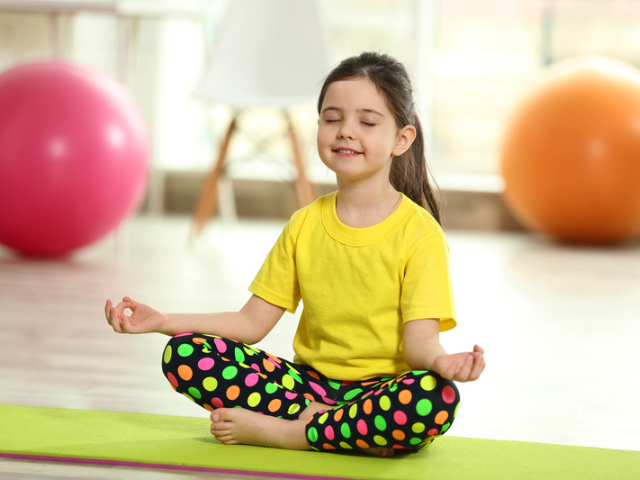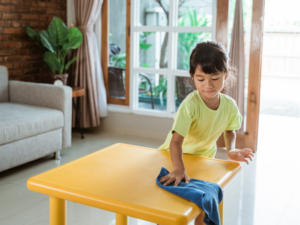To help kids of all ages find their way into practicing mindfulness, it can be helpful to give them an easy definition they can understand and relate to. Mindfulness meditation, simply put, is paying attention to what is happening in the present moment. It may be what you’re feeling, hearing, or noticing. There’s no particular place of calm you have to reach, and it’s not about clearing your mind. It’s just an honest and kind look at what you’re experiencing now. When teaching mindfulness, kids become equipped with tools to build their self-esteem, manage stress, and skillfully approach challenges.
One easy way to introduce mindfulness to kids is through informal practices that you can do with them. You can start with a simple kindness meditation, like offering good wishes and compassion to others.
Steps to Perform Simple Mindfulness for Kids
- To begin, find a comfortable sitting position. You can even place a hand on your heart. Allow your eyes to close or lower your gaze toward the floor.
- Bring to mind someone you respect and look up to and who loves you in return.
- Notice how you feel as you bring this person to mind.
- Make a kind wish and send it their way. What would make them happy?
- Bring to mind someone else you love and care about: A family member, a friend, a teacher. Send this person a kind wish.
- Now recall a person you don’t know very well: Bring this person to mind and imagine yourself sending them a kind wish.
- Lastly, consider someone who has frustrated you lately: Someone who is a little challenging to get along with. Send this last person a kind wish.
- Check-in with your mind and body as you conclude this practice. Allow your eyes to open if they’ve been closed. Notice how you feel.
Benefits of Mindfulness for Kids
- Increased focus, attention, self-control, classroom participation, and compassion.
- Improved academic performance, ability to resolve conflict, and overall well-being.
- Decreased levels of stress, depression, anxiety, and disruptive behavior.
The earlier we teach mindfulness to kids, the greater the opportunity to help them develop resilience and refine their mindfulness practice as they mature. Give it a try and have fun!



